ម៉ាល់តា (Malta) គឺជាប្រទេសតូចមួយក្នុងទ្វីបអឺរ៉ុបដែលមានទីតាំងស្ថិតនៅកណ្តាល មហាសមុទ្រមីឌីទែរ៉ាណេ (Mediterranean) ដោយនៅជិតប្រទេសលីប៊ី (Libya) និង ប្រទេសទុយនេស៊ី (Tunisia)។ ប្រទេសនេះ ជាតំបន់ដ៏សំខាន់នៃផ្លូវពាណិជ្ជកម្មក្នុងបណ្តាញផ្លូវនៃមហាសមុទ្រ មីឌីទែរ៉ាណេ និងជាប្រទេសដែលសំបូរប្រេងកាតផងដែរ (រូបលេខ១-២)។
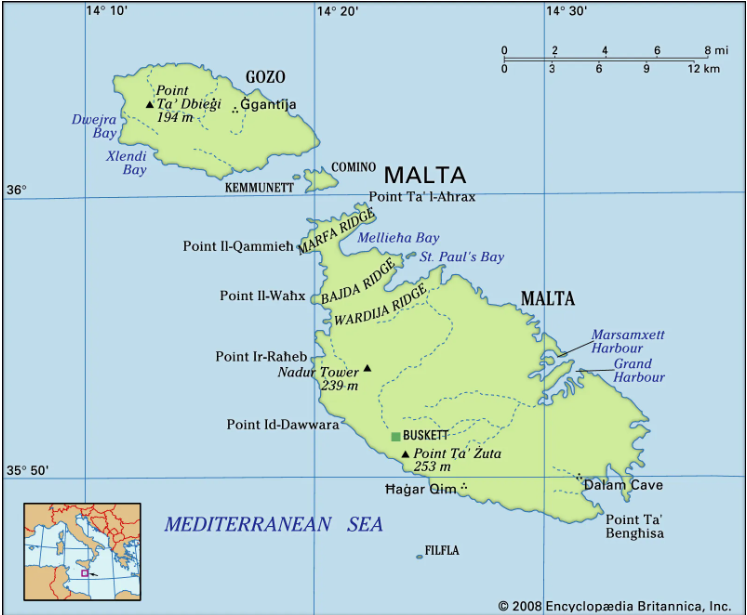
ប្រភព៖ britannica
ម៉ាល់តា គឺជាប្រទេសដែលមានអាយុកាលដ៏ចំណាស់មួយ ពោលគឺមានការតាំងទីរស់នៅតាំងពី ៤០០០ឆ្នាំមុនគ.ស.មកម្ល៉េះ និងនៅក្នុងប្រវត្តិសាស្រ្តនៃប្រទេសនេះ គឺមានការគ្រប់គ្រងដោយអាណាចក្រដ៏ទៃទៀតជាបន្តបន្ទាប់ ដូចជា ផូនេសេន (Phoenicians), ក្រិច (Greeks), កាតាច(Carthaginians), រ៉ូមាំង (Romans), ប៊ីហ្សង់ទិន (Byzantines), អារ៉ាប់ (Arabs), បារាំងជាដើម និងនៅឆ្នាំ១៩៦៤។ ប្រទេសនេះបានទទួលឯករាជ្យពីចក្រភព អង់គ្លេស និងបន្តក្លាយជាសាធារណរដ្ឋ ម៉ាល់តា (Republic of Malta) នៅចាប់ពីឆ្នាំ១៩៧៤ រហូតដល់បច្ចុប្បន្ន។ ម៉ាល់តា គឺជាប្រទេសដែលមានប្រជុំកោះចំនួន៧ស្ថិតនៅកណ្តាលមហាសមុទ្រមីឌីទែរ៉ាណេ ដោយមានរាជធានីមួយឈ្មោះ ថា វ៉ាឡេតា (Valletta ) និងនៅទីនោះ មានតំបន់ប្រាសាទចំនួនប្រាំពីរ ដែលត្រូវបានចុះក្នុងបញ្ជីបេតិកភណ្ឌពិភពលោកក្នុងឆ្នាំ ១៩៨០ (Seven Megalithic Temples of Malta)។ រាជធានី វ៉ាឡេតា ត្រូវបានកសាងឡើងនៅស.វ.ទី ១៦គ.ស. តាមរបៀបនៃឥទ្ឋិពលរបស់លោកខាងលិច ជាពិសេស សំណង់ស្ថាបត្យកម្ម។
Seven Megalithic Temples of Malta គឺជាសំណង់ប្រាសាទកសាងនៅក្នុងសម័យ បុរេប្រវត្តិក្នុងអំឡុង៤០០០ឆ្នាំមុនគ.ស. ទៅ ៣០០០ឆ្នាំមុនគ.ស.។ ក្នុងចំណោមសំណង់ទាំងប្រាំពីរនោះ គឺមានប្រាសាទចំនួនពីរដែលល្បីល្បាញជាងគេ គឺប្រាសាទ Hagar Qim នៅលើកោះ ម៉ាល់តា និង Ggantija នៅលើកោះ កូសូ។
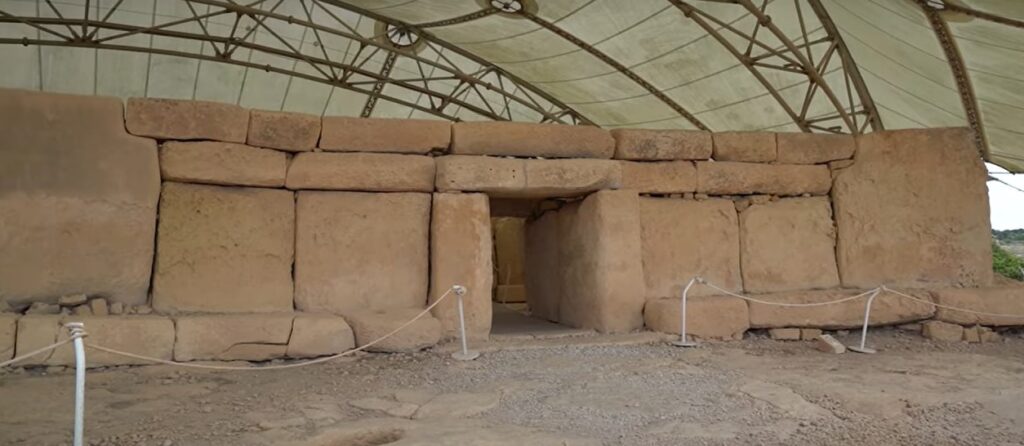
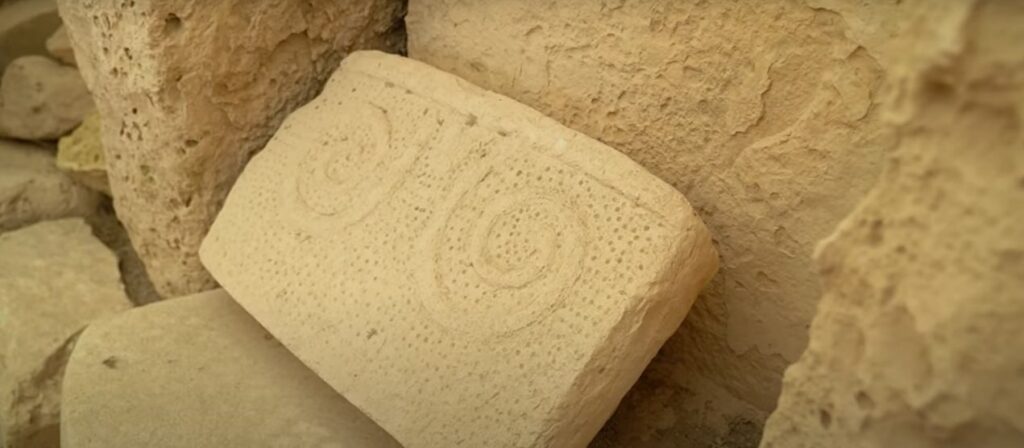
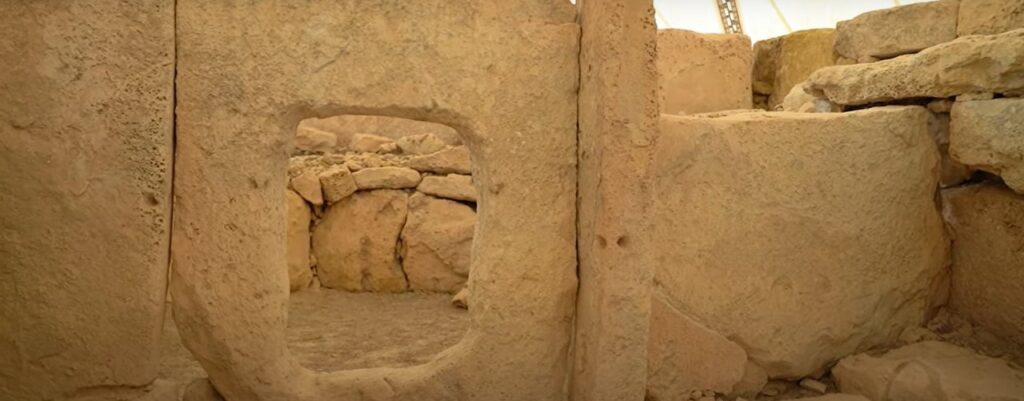
ប្រភព៖ https://heritagemalta.mt/explore/ggantija-temples/
Hagar Qim គឺជាប្រាសាទដែលមានទីតាំងស្ថិតនៅផ្នែកខ្ពស់ជាងគេ នៃកោះ ម៉ាល់តា។ ប្រាសាទនេះ កសាងឡើងពីថ្ម តំរៀបពីលើគ្នារាងទ្រវែង និងមានទ្វារចូលនៅកណ្តាល។ រីឯសំណង់ប្រាសាទ Ggantija គឺជាសំណង់ប្រាសាទតែមួយគត់ដែលសាងសង់នៅលើខ្ពង់រាបកូសូ សាងសង់ឡើងនៅចន្លោះឆ្នាំ ៣៦០០ មុនគ.ស. រហូតដល់ឆ្នាំ ៣២០០មុនគ.ស.។ នៅទីនោះ អ្នកស្រាវជ្រាវក៏បានរកឃើញនូវឆ្អឹងសត្វ ដែលបង្ហាញអំពីការគោរពសាសនាចំពោះ ប្រាសាទ Ggantijaនេះ។


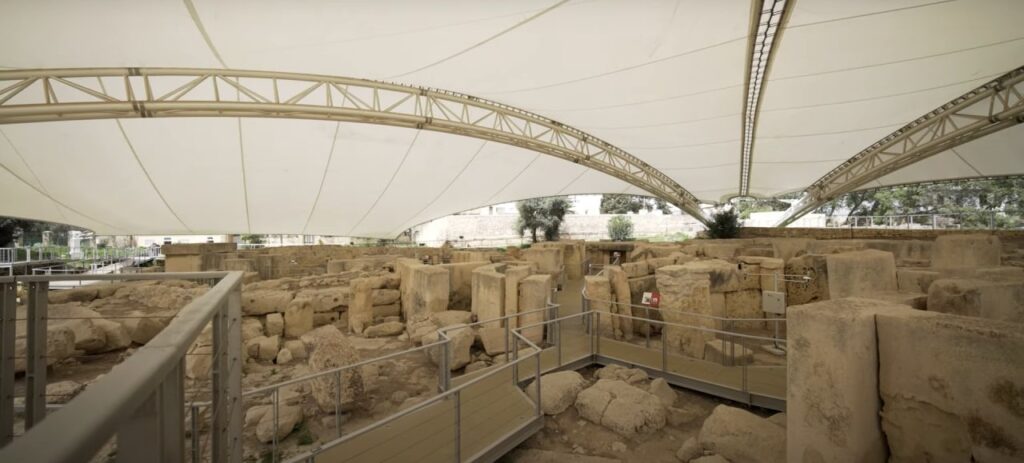
ប្រភព៖ https://heritagemalta.mt/explore/ggantija-temples/
ប្រាសាទទាំង៧ដែលសាងសង់នៅក្នុងប្រទេសម៉ាល់តា គឺមានរចនាសម្ព័ន្ឋផ្សេងៗគ្នា និងមានបច្ចេកទេសសាងសង់ក៏ផ្សេងៗគ្នាដែរ។ សំណង់ទាំងនោះ គឺសាងសង់អំពីថ្មដាក់តម្រៀបពីលើគ្នា និងមានកំពែងជុំវិញផងដែរ។ តាមរយៈនៃទិន្នន័យដែលបានបង្ហាញខាងលើ ម៉ាល់តា គឺជាប្រទេសដែលមានមនុស្សរស់នៅ និងមានសំណង់ស្ថាបត្យកម្មប្រាសាទដែលមានអាយុកាល ៤០០០ឆ្នាំ មុនគ.ស ពោលស្ថិតនៅក្នុងសម័យបុរេប្រវត្តិ។ ដោយឡែកនៅក្នុងសម័យកាលប្រវត្តិសាស្រ្តប្រទេសនេះ ក៏មានការគ្រប់គ្រងជាបន្តបន្ទាប់ពី អាណាចក្រ ដ៏ទៃទៀត និងបានបន្សល់ទុកនូវសិល្បៈ វប្បធម៌ តាមរយៈ សំណង់ស្ថាបត្យកម្មក្នុងទឹកដី នៃប្រទេសម៉ាល់តា។ ម៉ាល់តា គឺជាប្រទេសដែលសំបូរទៅធនធានធម្មជាតិ ជាពិសេស ធនធានរ៉ែប្រេងកាត ដែលធ្វើឱ្យប្រទេសនេះជាប់ជាប្រទេសអ្នកមានទី២៥ នៅក្នុងតារាងប្រទេសដែលមានជាងគេនៅក្នុងពិភពលោក៕
———————————–
Cultural Arts of Malta
Malta is a small country in Europe located in the middle of the Mediterranean, close to Libya and Tunisia. The country is a major trade route in the Mediterranean Sea network and is also an oil-rich country. Malta is one of the oldest countries in the world, dating back to 4,000 BC, and this country’s history was ruled by other kingdoms such as Phoenicians, Greeks, Carthaginians, Romans, Byzantines, Arabs, French, and so on in 1964. The country gained independence from the United Kingdom of England and continued to be the Republic of Malta from 1974 to the present. Malta is a country of seven archipelagos in the middle of the Mediterranean Sea, has a capital city named Valletta and there are seven temple sites inscribed on the World Heritage List in 1980 (Seven Megalithic Temples of Malta). Valletta capital was built in the 16th century in the style of Western influences, especially in architecture.
Seven Megalithic Temples of Malta is a prehistoric temple built between 4000 BC to 3,000 BC. In among of the seven structures, the two most famous are the Hagar Qim Temple on the island of Malta and Ggantija on the island of Gozo. Hagar Qim is a temple located at the highest point of Malta. The temple is built of stone by stacking the enormous stone blocks in horizontal rows, or courses, and the doorway was built using the post-and-lintel design at the central side. The Ggantija Temple is the only temple built on the Gozo Plateau between 3600-3200 BC. Researchers also found animal bones that show religious reverence for the temple of Ggantija. The seven temples built in Malta have different structures and different construction techniques. Those structures are built of stone, stacked on top of each other, and surrounded by walls.
According to the data above, Malta is a country inhabited and has a temple architecture dating back to 4,000 BC, in prehistoric times. In particular, in the historical period, the country also had a series of rulers after other Kingdoms and left a cultural art through architectural construction in the territory of Malta. Malta is rich in natural resources, especially mineral resources of oil which leading it the 25th richest country in the world.
អត្ថបទដោយ៖ លោក អេង តុលា






